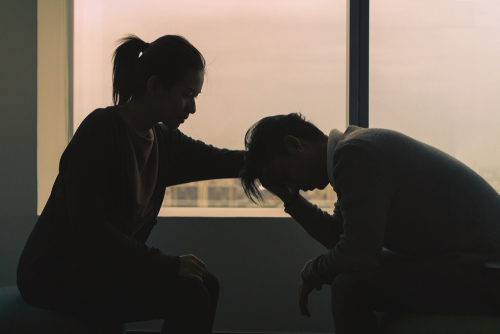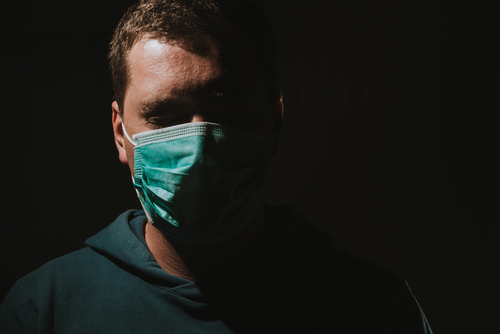
Trust, as defined by the Oxford English Dictionary is a “firm belief in the reliability, truth, ability, or strength of someone or something.” Trust issues are characterized by fears of abandonment, betrayal, and manipulation. It is impossible to move through life without encountering trust issues at some point. The severity and how those issues affect and shape each person may be different but facing trust issues is simply a part of life. Fortunately, there is a plethora of resources and helpful suggestions that an individual can take advantage of to shift painful trust issues into building blocks for cultivating healthy relationships.
Common Signs
The first step to mending trust issues that may be interfering with one’s relationships is to recognize common signs. While trust issues have the propensity to manifest in different ways, frequently exhibited signs that may present could include but are not limited to the following examples, provided by Good Therapy:
- Lack of intimacy or friendships
- The mistrust that interferes with a relationship
- Dramatic and turbulent relationships
- Suspicion or anxiety about friends and family
- Terror during physical intimacy
- The belief that others are deceptive or malevolent without evidence
The signs of trust issues may include any combination of the above examples. Unresolved trust issues can cause problems in romantic relationships as well as non-romantic relationships.
Tips
There are several ways to overcome trust issues. To help get you on the path of resolution, consider implementing the following suggestions:
- Face your fears: the best way to diffuse the power of your fears that feed your trust issues is to name them, acknowledge them, and move on.
- Take emotional risks: to provide yourself with opportunities to heal you must dive in headfirst and embrace being emotionally vulnerable.
- Everyone is human: it is advantageous to realize that no one is perfect, and that re-learning trust is a process that will likely involve some level of discomfort as well as additional experiences of broken trust.
- Seek closure from the past: as difficult as it may be, rather than allowing past experiences to negatively define or limit your future, try to learn from your past by seeing beyond the dysfunction, and extracting applicable lessons that can be used to develop healthier relationships in the future.
- Time is healing: for some people, it may only be a matter of time before your sense of trust feels restored.
Unfortunately, there is no quick fix nor are there universal guidelines that are unanimously effective when working through betrayals, breached confidences, abandonment, or other trust issues. It is important to bear in mind that everyone is unique, and each person will process, integrate, and work through trust issues in their own way and in their own time.
Disclaimer:
The information above is provided for the use of informational purposes only. The above content is not to be substituted for professional advice, diagnosis, or treatment, as in no way is it intended as an attempt to practice medicine, give specific medical advice, including, without limitation, advice concerning the topic of mental health. As such, please do not use any material provided above to disregard professional advice or delay seeking treatment.




